When you look at how quickly the electric vehicle (EV) market is changing, it might seem really hard to keep track of all the newest models.
It feels like every month, a big car company announces a new model or shares its future plans, promising more driving range, stronger performance, and better technology to beat the tough competition.
In that setting, the Hyundai Ioniq 5 isn’t the newest option anymore, since it’s been around since the 2022 model year.
Still, the way it looks, what it can do, and how much it costs continue to make it a good choice, with the 2025 Ioniq 5 starting at $42,600.
From there, the price goes up through five different versions, with each one giving you more driving range, more power, extra features, or a mix of all three.
The Ioniq 5 N, which has 601 horsepower and special tires made for racing tracks, is sold as a separate model and starts at $66,200.
No matter which version of the Ioniq 5 you’re thinking about, you’ll find lots of other options from different brands — and even from Hyundai itself — that might catch your interest.
We’ve gathered 10 strong choices that you should think about before you head to the dealership to get a new Ioniq 5. We’ve included up-to-date price information for each one, with all prices shown not including extra fees unless it says otherwise.
Also Read: 5 Cars With Great Factory Warranties and 5 With Useless Coverage
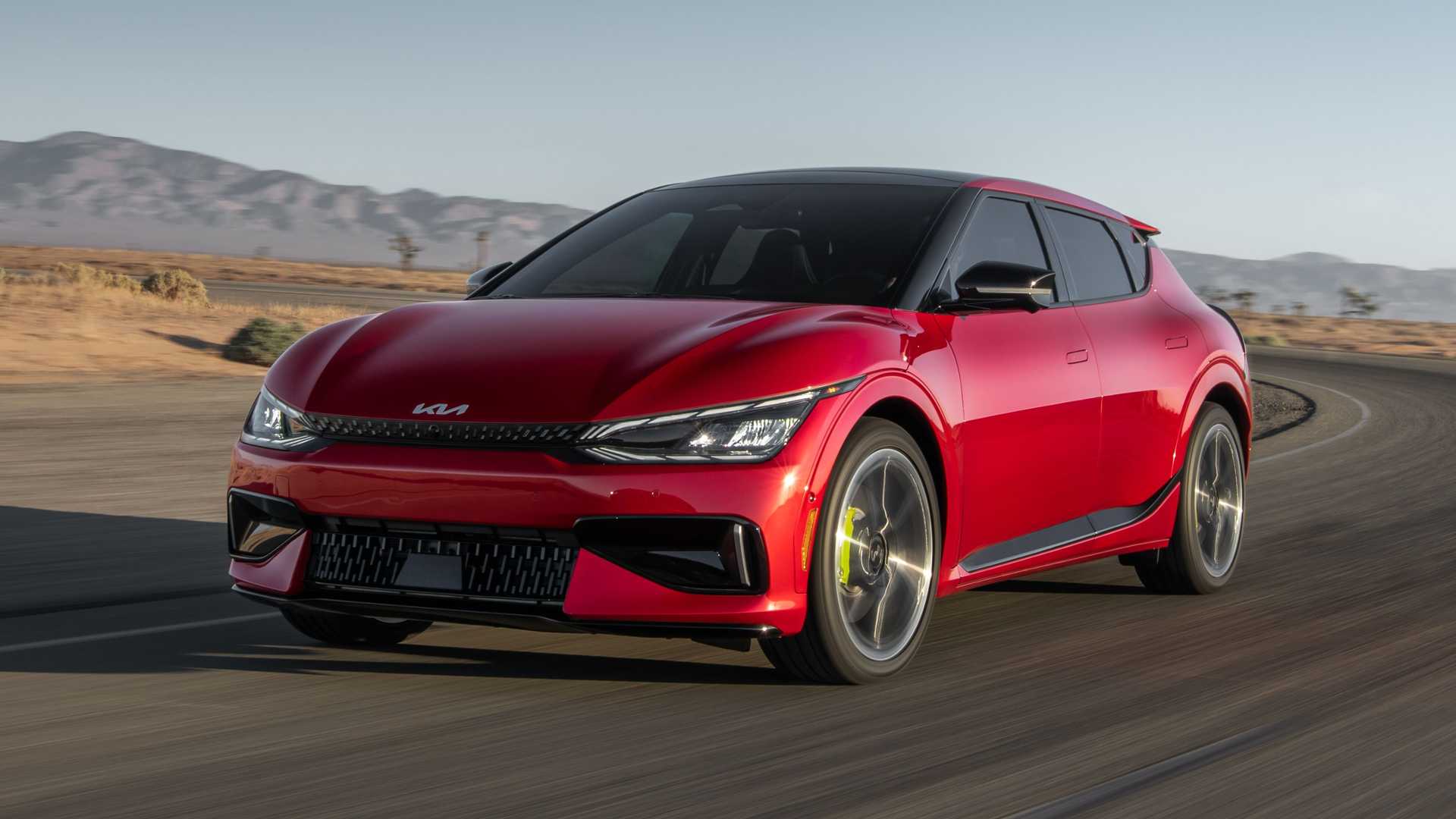
Kia EV6
Kia has made several updates to its EV6 for the 2025 model year. Lower versions now offer more power and a longer driving range.
The exact numbers depend on which battery option you choose, but you can expect around 300 miles of range and at least 167 horsepower.
The highest version, the EV6 GT, makes over 600 horsepower, putting it in the same performance level as the Ioniq 5 N. The prices for the EV6 are also close to what the Ioniq 5 costs, and that’s not just a coincidence.
Both cars are built using the same platform and battery, and they both offer the same optional all-wheel drive.
The biggest differences come from the inside features, option packages, and the way they look — and the way they look could make the EV6 a more appealing choice for some buyers.
The design of the Ioniq 5 is very unique, with a futuristic hatchback look that’s different from anything else on the road.
The Kia, on the other hand, has a style that’s more like the rest of the cars the company makes, and it doesn’t stand out right away as an electric car. For some buyers, that might be the deciding factor in choosing the Kia.
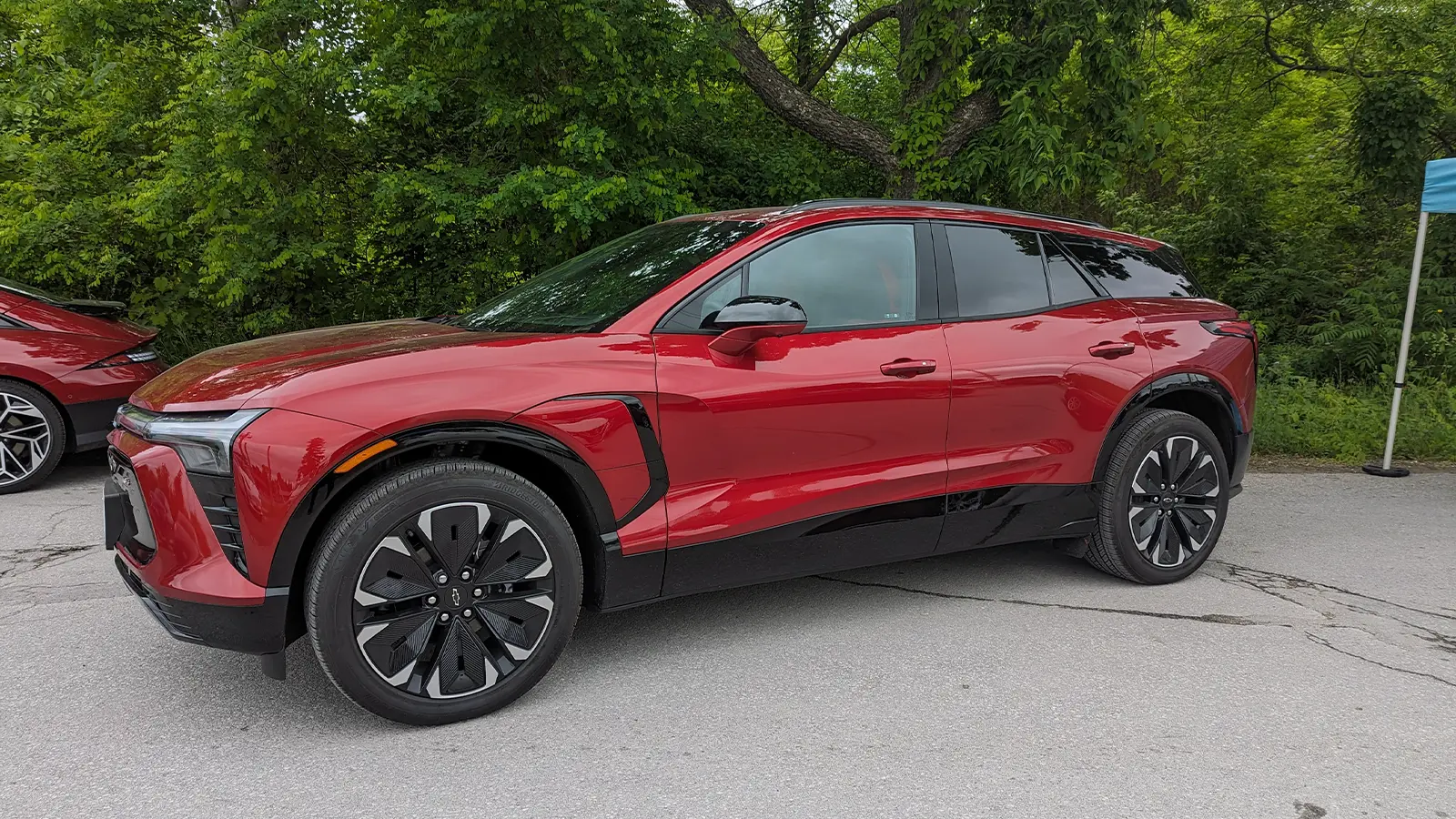
Chevrolet Blazer EV
The Ioniq 5 has a hatchback shape that stands out and is quite different from the usual SUV and crossover styles that many buyers really like right now. If you’re looking for an electric vehicle that doesn’t stand out as much, you might want to look at the Chevrolet Blazer EV.
It has a design that’s very close to Chevy’s regular gas-powered SUVs. Just like the Kia EV6, the Blazer EV’s simple appearance might be more attractive to certain shoppers, especially those who are buying their first EV and want something that looks more like what they’re used to seeing in their driveway.
Along with the outside design, the inside of the Blazer EV should also feel familiar to anyone who has driven a newer Chevrolet SUV, unlike the Ioniq 5’s cabin, which has a mix of modern and retro styles.
The Blazer EV has a driving range that’s close to the Ioniq 5, with all-wheel drive models getting 279 miles and rear-wheel drive versions getting up to 324 miles.
The Chevy does cost more than the Hyundai, with the starting model priced at $54,200, or $48,670 after some price reductions, like EV bonus cash.
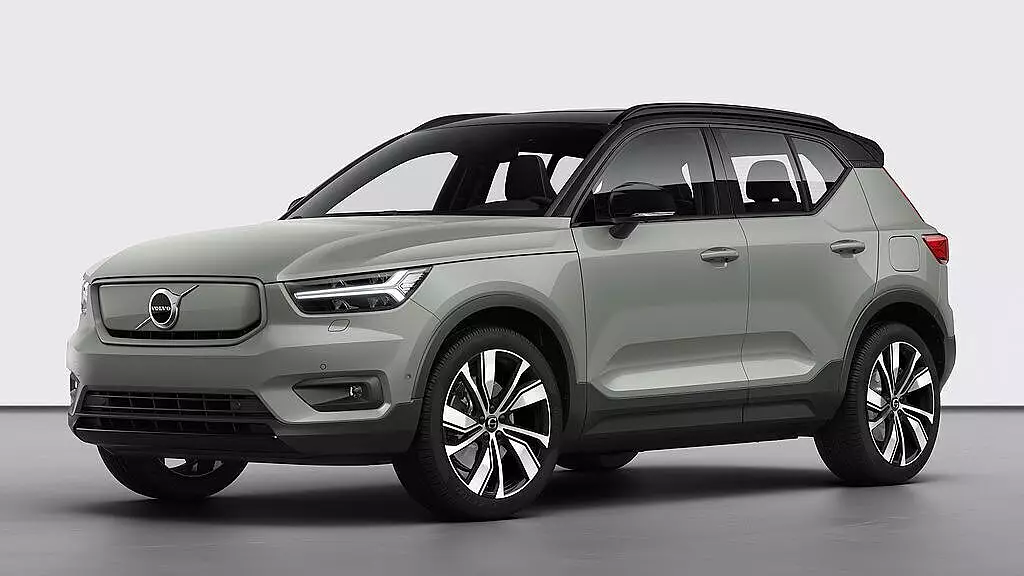
Volvo EX40
For 2025, the XC40 Recharge has been given a new name — it’s now called the EX40. It’s still the electric version of the XC40, but it costs a bit more because of its battery.
The starting price for the base EX40 is $53,795, which is close to the Ioniq 5 Limited trim that starts at $54,300 for 2025.
The standard version of the EX40 comes with one motor that gives 248 horsepower and can drive up to 296 miles on a full charge.
If you want more power, there’s a dual-motor setup you can add for $1,750. That version lowers the range to 260 miles, which is less than what the Hyundai offers, but it makes up for it by offering a strong 400 horsepower.
Volvo is known for its high-quality, simple interiors, and the EX40 keeps that reputation by offering a good amount of technology as standard.
All versions come with a wireless phone charger, a 12.3-inch screen for the driver, and a 9.0-inch screen for the main controls, all using the same Android-based software that other Volvo cars use.
On top of that, the Volvo name is often seen as more high-end than Hyundai, although if having a fancy brand is your top priority, there are plenty of other choices out there, too.
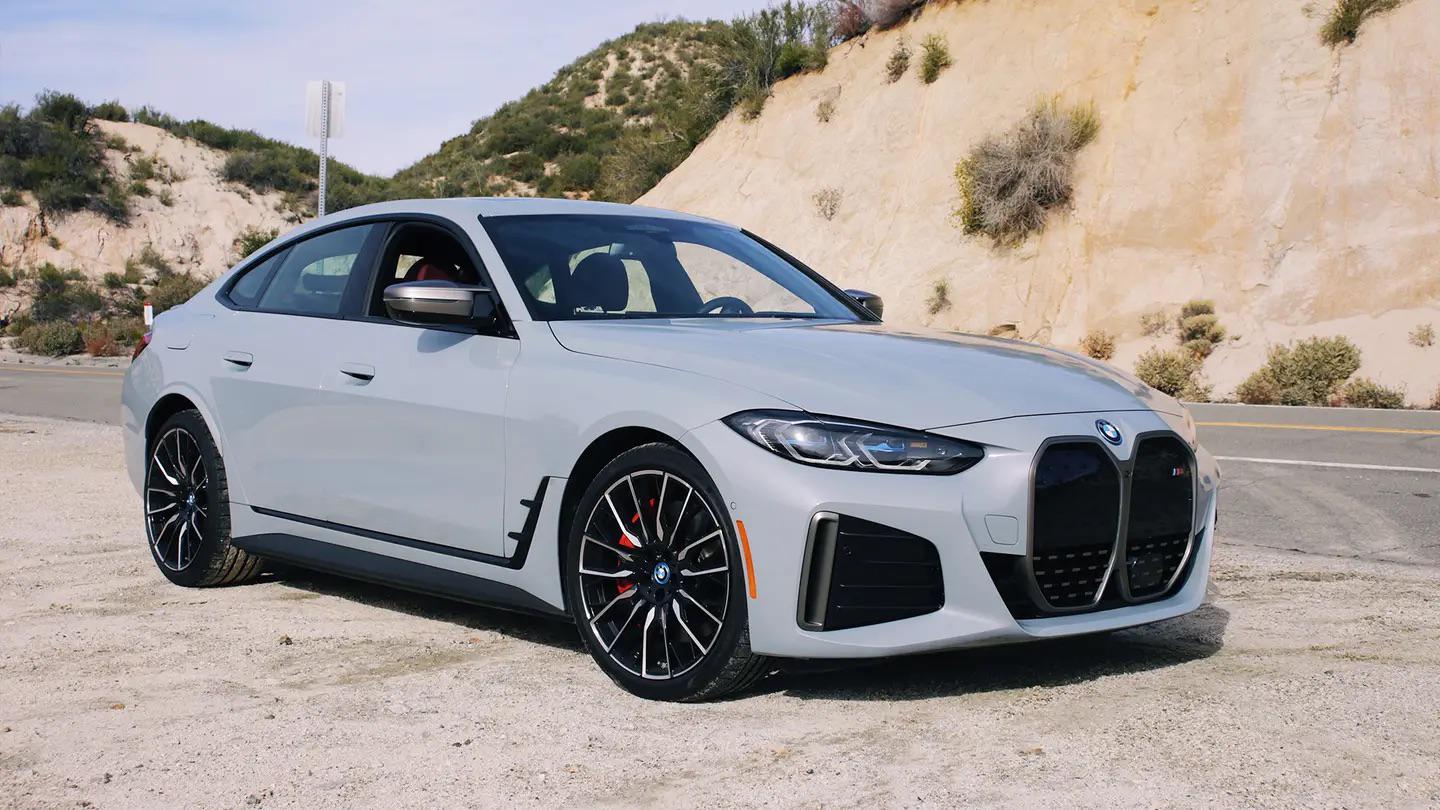
BMW i4
Many buyers still think the BMW name justifies a higher price compared to other brands, whether that’s right or wrong.
However, the i4 would still offer good value for the money, even without the BMW badge, thanks to its fun-to-drive performance, a comfortable but high-end interior, and lots of technology.
At the top of the range, you have the powerful 536 horsepower i4 M50, but that might be too expensive for most people looking at the Ioniq 5.
On the lower end, the basic i4 eDrive40 could be a good option, starting at $57,900, which is only a little more expensive than a fully loaded Ioniq 5.
BMW says the base i4 has a driving range between 295 and 318 miles, and it can go from 0 to 60 mph in 5.5 seconds.
If you choose the all-wheel drive i4 xDrive40, the starting price goes up to $62,300, and the range drops to between 268 and 287 miles, but it speeds up a bit faster from 0 to 60 mph. If you don’t need all-wheel drive, the rear-wheel drive version is probably a better value.
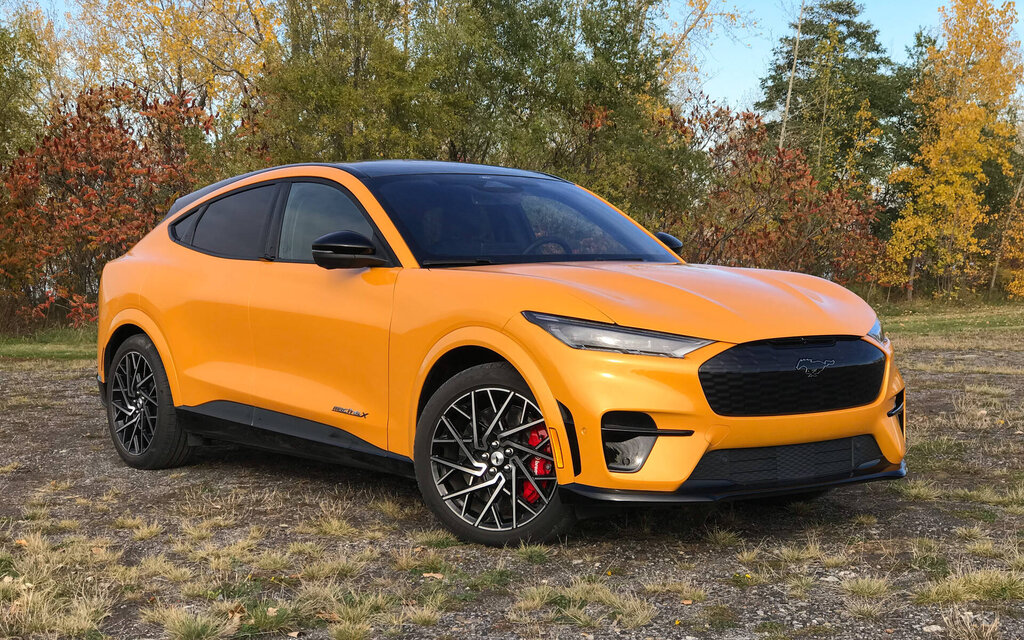
Ford Mustang Mach-E
Forget the controversial name for a moment, and you’ll see why the Ford Mustang Mach-E is a good choice. It’s a strong, family-friendly electric vehicle, and the basic version is a little cheaper than the Ioniq 5.
Just like the Hyundai, Ford offers the Mach-E in several versions, from the budget-friendly Mustang Mach-E Select to the high-performance Mustang Mach-E Rally.
The Rally version adds more power, better suspension, and rally-style wheels, but it starts at $58,995 before fees and has a range of just 265 miles, which isn’t great.
The lower trims of the Mustang Mach-E do better when it comes to range, though they’re still not the best in the class. The Premium trim has the longest range at 320 miles, while the Select and GT trims offer 300 miles and 280 miles, respectively.
These numbers are close to what the Ioniq 5 offers, with a range of between 245 miles and 318 miles, depending on the trim.
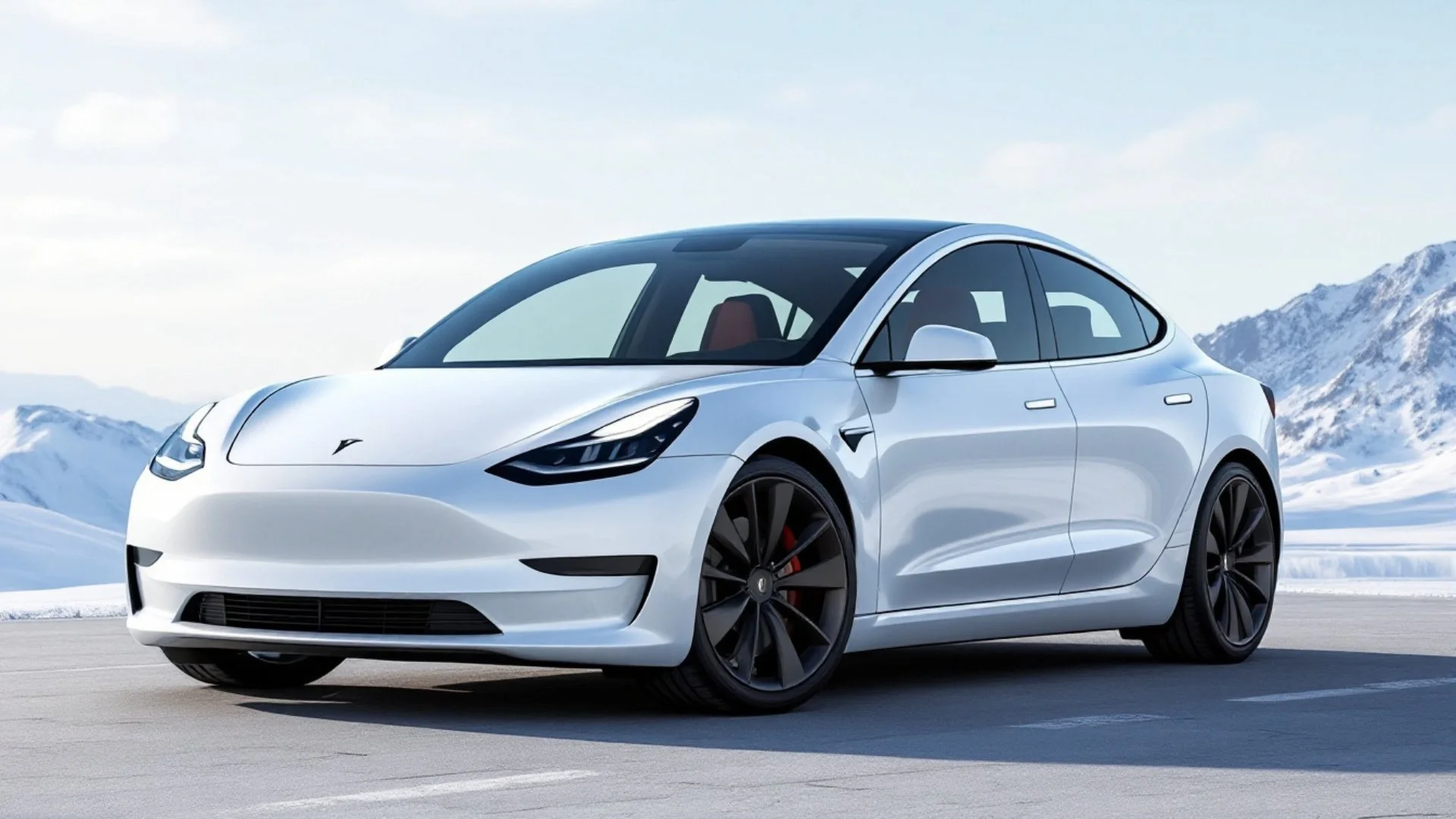
Tesla Model 3
If you’re okay with the issues that sometimes come with owning a Tesla, the brand’s entry-level car is still a good alternative to the Hyundai Ioniq 5.
Right now, the base Long Range All-Wheel Drive model starts at $42,490, while the all-wheel drive option costs $47,490. The top model, the Performance All-Wheel Drive, starts at $54,990. Tesla often changes its prices, so these numbers might change.
The cheapest version offers the longest range, with 363 miles on a full charge, while the performance model can still manage an impressive 298 miles.
Most EV buyers are probably already familiar with what the Model 3 can do, so deciding if the Tesla is a good alternative to the Ioniq 5 or other EVs isn’t just about how well it performs.
The actions of Tesla’s CEO have started to draw more attention than the cars themselves, and that’s unlikely to change anytime soon.
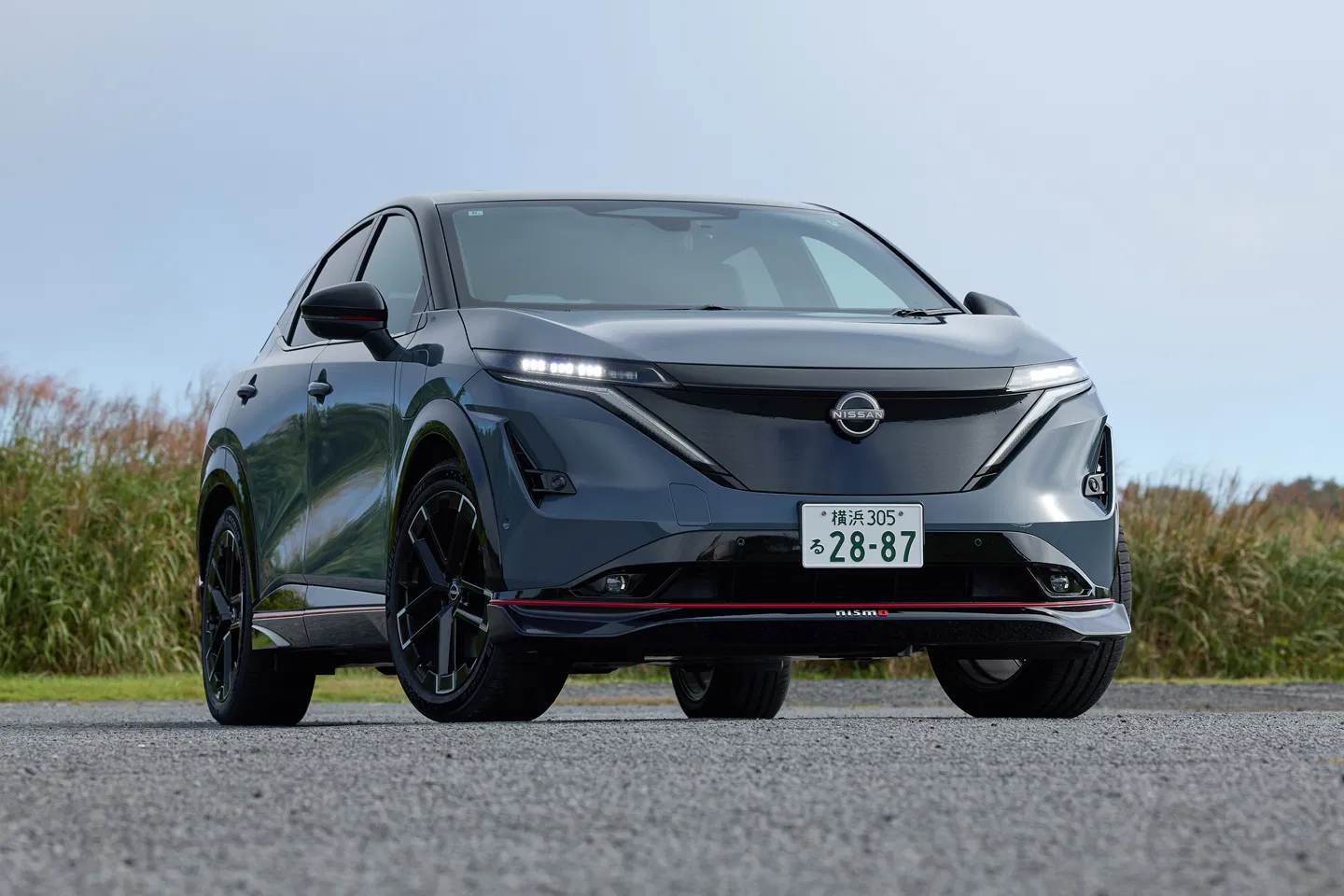
Nissan Ariya
The Nissan Ariya might not be the most unique, exciting, or even the most capable electric vehicle in its price range, but that doesn’t mean it isn’t worth considering. In fact, it might appeal to buyers who are looking for something just like that.
The Ariya doesn’t have a particularly unusual look compared to today’s many crossovers and SUVs, and its simple interior is nothing special for an electric vehicle.
The starting price is around $40,000, but the higher-end Platinum+ trim costs at least $54,370. All-wheel drive is available on all trims, but lower versions come with front-wheel drive as standard.
The range varies depending on the trim, with the Platinum+ offering 267 miles on a full charge. While that’s not groundbreaking, it’s more than some versions of the Ioniq 5.
We found the Ariya to be a bit boring to drive, but most buyers of electric crossovers probably aren’t too concerned about performance.
What they’re likely looking for is a reasonably spacious, capable, affordable, and simple car, and the Ariya fits that description perfectly.
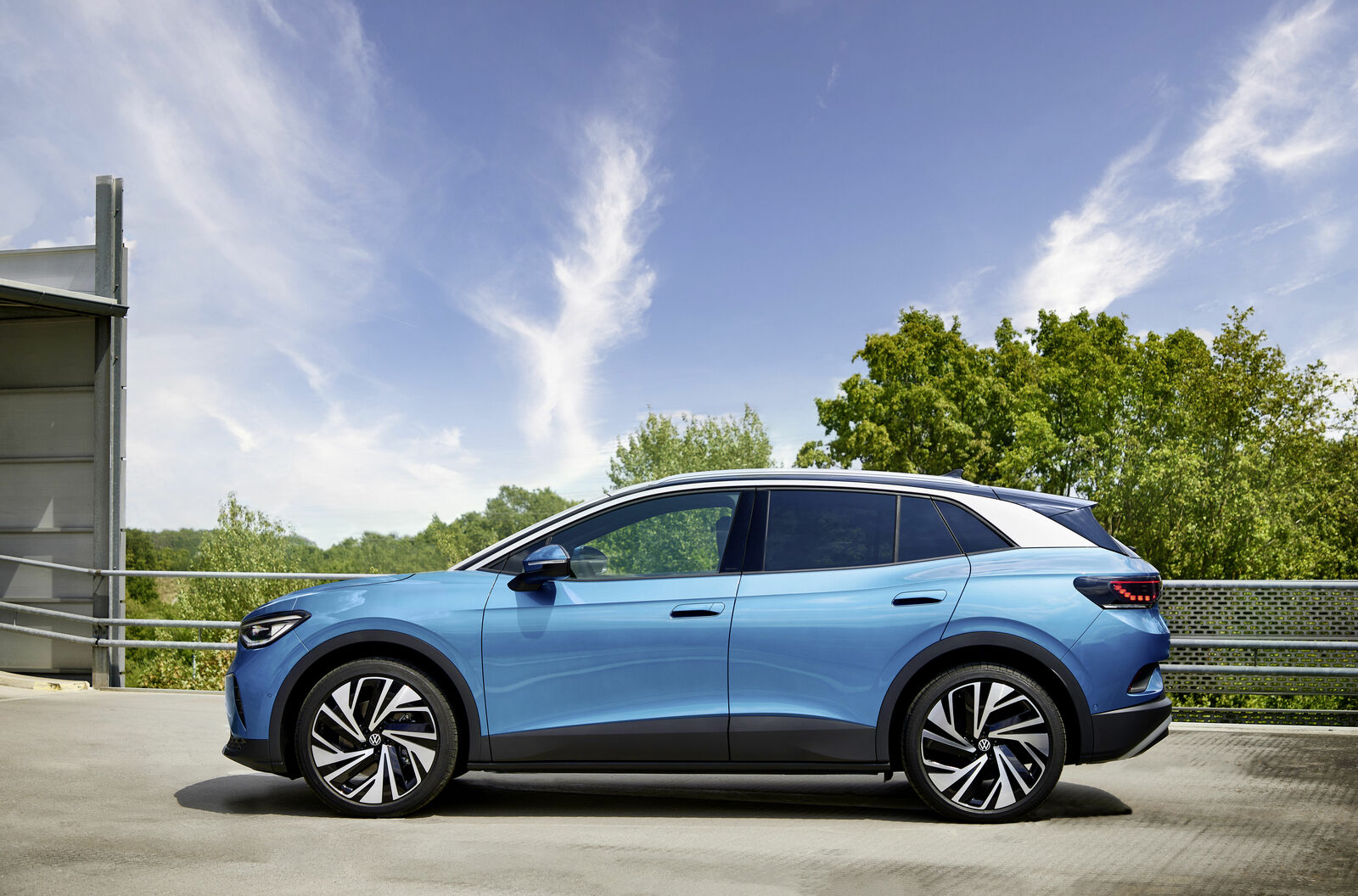
VW ID.4
The VW ID.4 is another option that might not stand out as much but could still be a good choice for some buyers looking for something different from the Hyundai Ioniq 5.
The base model starts at around $40,000, while the higher-end ID.4 AWD Pro S, which comes with features like leatherette seats and 12-way power-adjustable seats with a massage function, starts at $53,875.
When we first reviewed the ID.4, we gave it an 8/10 rating, praising its smooth ride and roomy interior but feeling its range could be better. In the two years since then, VW has improved the range, with some trims now offering up to 291 miles on a full charge.
While that’s still a bit less than the best Ioniq 5 version, it should be enough for most people, especially if you’re mostly driving in the city or suburbs.
The ID.4 has a typical VW feel to it, which means it should be comfortable for anyone who’s already driven a VW car, even if it’s their first EV.
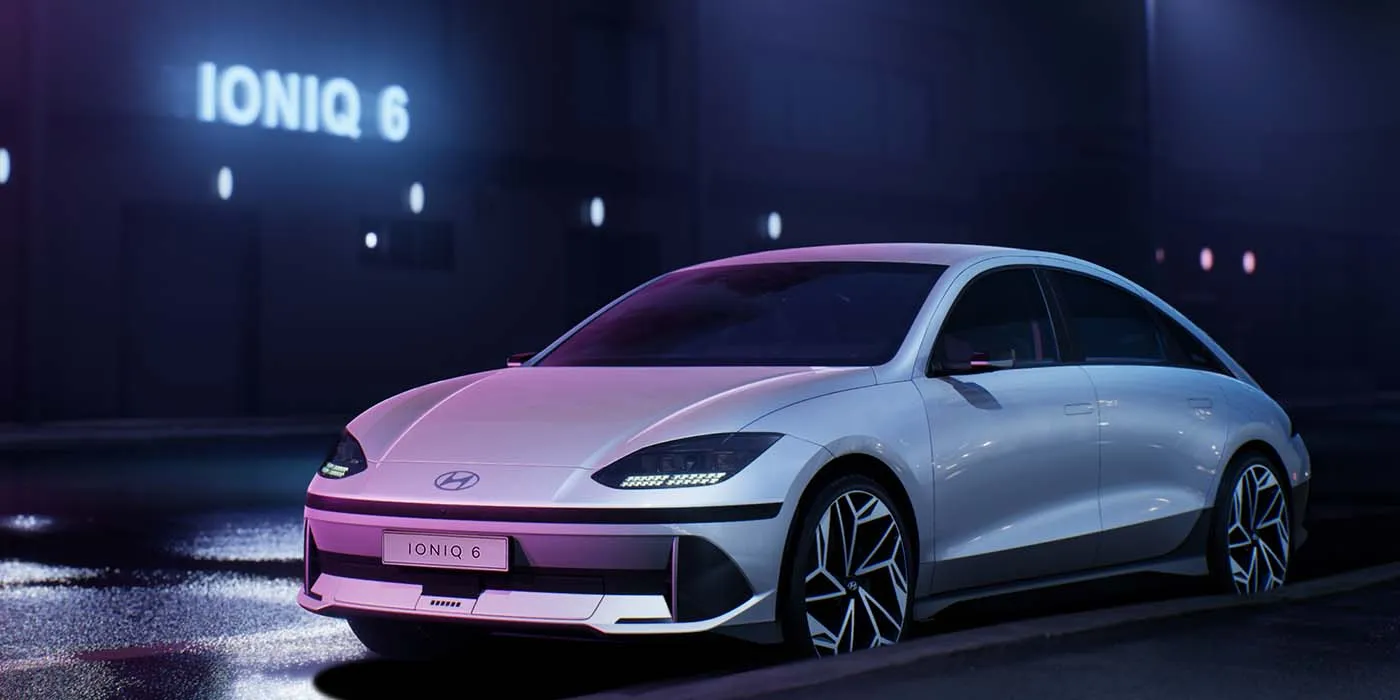
Hyundai Ioniq 6
If you’re considering options from Hyundai itself, the Ioniq 6 is a close alternative to the Ioniq 5. It has a much sleeker look and is priced lower.
The base model starts at $38,750, offering 149 horsepower and up to 240 miles of range. That power isn’t huge for an EV, so it might be a better idea to look at the SE trim, which starts at $42,800.
The SE offers up to 342 miles of range with rear-wheel drive. If you choose the all-wheel drive option with two motors, the range drops to 316 miles, but the power increases to 320 horsepower.
Even the rear-wheel drive SE offers 225 horsepower, which is still pretty strong.
The SEL and top Limited trims add more features and a nicer interior but don’t offer any more power and slightly reduce the range compared to the SE.
We got a chance to drive the Ioniq 6 when it launched and noticed a few downsides, such as less rear headroom because of the car’s sloped roof.
If you’re looking for performance, the Ioniq 5 N is still the better choice. However, the Ioniq 6 in SE trim offers great value for the money.

Toyota GR Corolla
Most people looking at the Ioniq 5 will likely want a practical, reasonably priced electric car, and all the options listed so far fit that idea. However, buyers interested in the Ioniq 5 N will probably have a very different goal.
They’ll be looking for the most fun driving experience for their money, and in that case, it’s worth thinking about whether an electric car is the best choice.
The Ioniq 5 N is an impressive car and is more fun to drive than almost any other EV at its price. However, it still can’t match the excitement of the best performance hatchbacks.
Specifically, it can’t compete with the Toyota GR Corolla, which doesn’t need crazy horsepower or fake gear shifts to be fun.
Also Read: 5 Cars That Still Look New After Years and 5 That Age Fast
Built using Toyota’s rally experience, the GR Corolla is just as great for winding country roads as it is for racing on the track. Plus, as we pointed out in our 10/10 review, the Corolla even offers a manual transmission.
Of course, the GR Corolla has a traditional gas engine, which means it’s not emissions-free like the Ioniq 5 N. But aside from that, there’s little reason to choose the Hyundai.
The rise of electric cars has allowed Hyundai to make fun-to-drive models like the Ioniq 5 N, but because of that, gas-powered cars like the GR Corolla are becoming rare. While it’s still available, driving enthusiasts shouldn’t miss the chance to own one.

